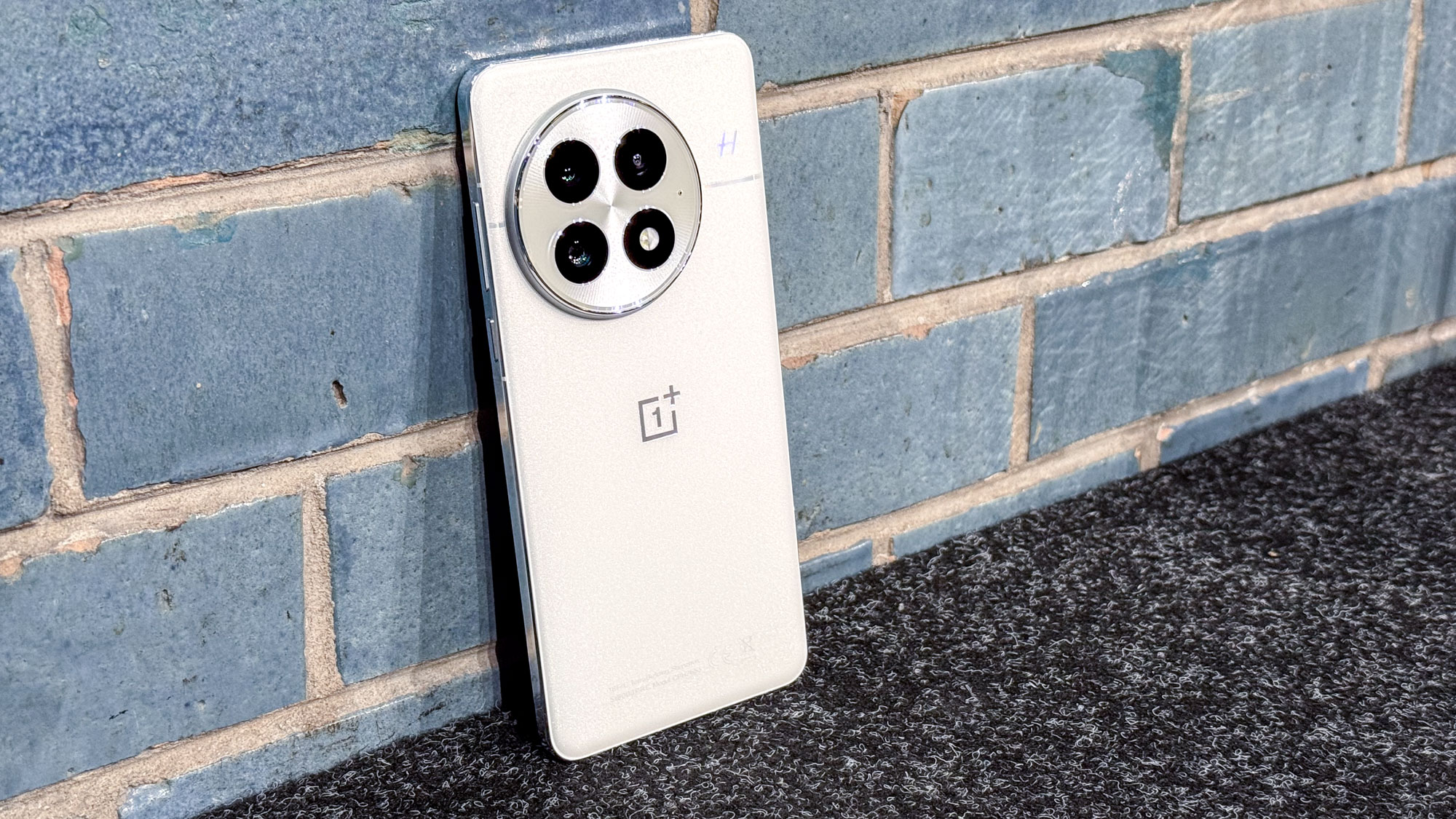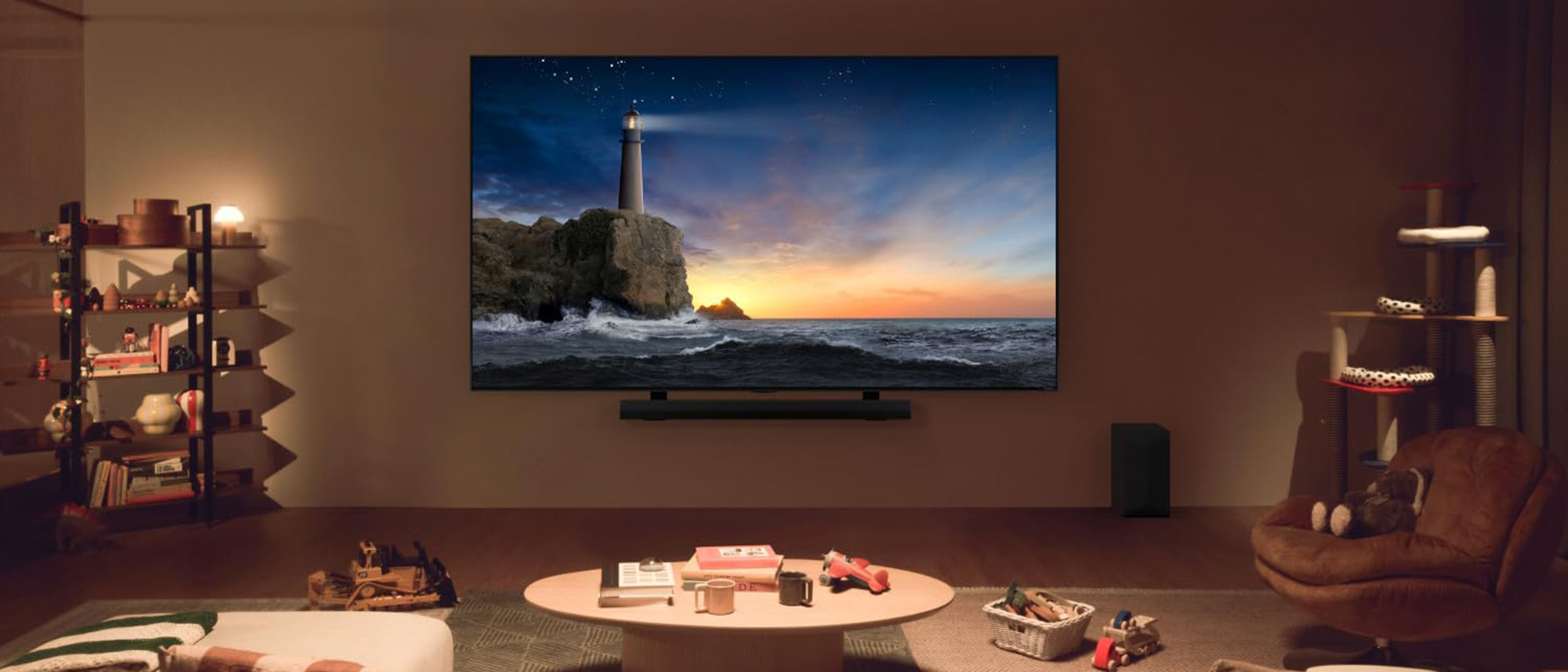Tom's Guide Verdict
OnePlus proves once again it's the master of flagship phone value with the OnePlus 13, despite another price increase. Battery life remains a standout feature, while the OnePlus 13 cameras, screen and software all help round out the phone's feature set. Some uneven photo brightness and shorter software support aside, it's going to be hard to find a better value flagship for less the rest of 2025.
Pros
- +
Hundreds cheaper than comparable flagships
- +
Beautiful, more usable display
- +
Big battery with fast charging speeds
- +
Useful software and AI features
- +
OnePlus’ best-ever cameras
Cons
- -
Below-average software support
- -
Photos can be too bright in certain situations
- -
Yet another price hike
Why you can trust Tom's Guide
It may be an unlucky number for some, but the OnePlus 13 has proven to be a lucky newcomer to the Android phone market. A price increase from OnePlus may leave a bad first impression, but the OnePlus 13 excels in areas you've come to expect such as screen quality, battery life and charging speed, while also offering the image quality necessary to make it one of the best phones you can buy.
Granted, the OnePlus 13 has a first-mover advantage by launching literally in the first week of 2025. It's also one of a handful of phones already using the latest Snapdragon chipset for strong performance while matching its rivals for AI features. That said, updated models from Samsung and Google will arrive in 2025 — the Galaxy S25 should be here very quickly, in fact — and those phones could offer improvements of their own that the OnePlus 13 can't match. Not without software updates, at any rate.
You can learn more about the pros and cons of this new OnePlus by reading the rest of this OnePlus 13 review. Also, don't miss out on the OnePlus 13R — the cheaper version of the OnePlus 13 that's also launching.
OnePlus 13 review: Specs
| Row 0 - Cell 0 | OnePlus 13 |
| Starting price | $899/£899 |
| Display | 6.82-inch QHD OLED (3168 x 1440) |
| Refresh rate | 1 - 120Hz adaptive |
| Rear cameras | 50MP main (f/1.6), 50MP ultrawide (f/2.05), 50MP 3x telephoto (f/2.65) |
| Front cameras | 32MP selfie (f/2.45) |
| Chipset | Snapdragon 8 Elite |
| RAM | 12GB, 16GB |
| Storage | 256GB, 512GB |
| Battery | 6,000 mAh |
| Charging | 80W/100W wired, 50W wireless |
| Operating system | Android 15 with OxygenOS 15 |
| Water/dust resistance | IP68/69 |
| Size | 162.9 x 76.5 x 8.5 or 8.9mm (6.41 x 3.01 x 0.33 or 0.35 inches) |
| Weight | 210 or 213 grams (7.41 or 7.51 ounces) |
| Colors | White/silver, black, blue |
OnePlus 13 review: Price and availability
You can buy a OnePlus 13 outright from its January 7 launch date. There’s no pre-order period this time; your phone will start traveling to you as soon as you hit the Buy button.
As for what you'll pay, the OnePlus 13 commands a price of $899/£899 for the standard 12GB RAM/256GB storage version, and $999/£999 for the 16GB/512GB model. That's a $100/£100 increase over the OnePlus 12 starting price, which saw an identical increase from the cost of the OnePlus 11.
Getting two price increases in two years really stings. But fortunately, this price is still less than what you’d pay for an equivalent rival phone. The Galaxy S24 Ultra (and potentially the Galaxy S25 Ultra too) costs $1,299 / £1,249, while the Pixel 9 Pro XL will run you $1,099/£1,099. Turn to and iPhone 16 Pro Max, and you'll pay at least $1,199/£1,199. That context makes the OnePlus 13 price a little more palatable.
OnePlus 13 review: Design
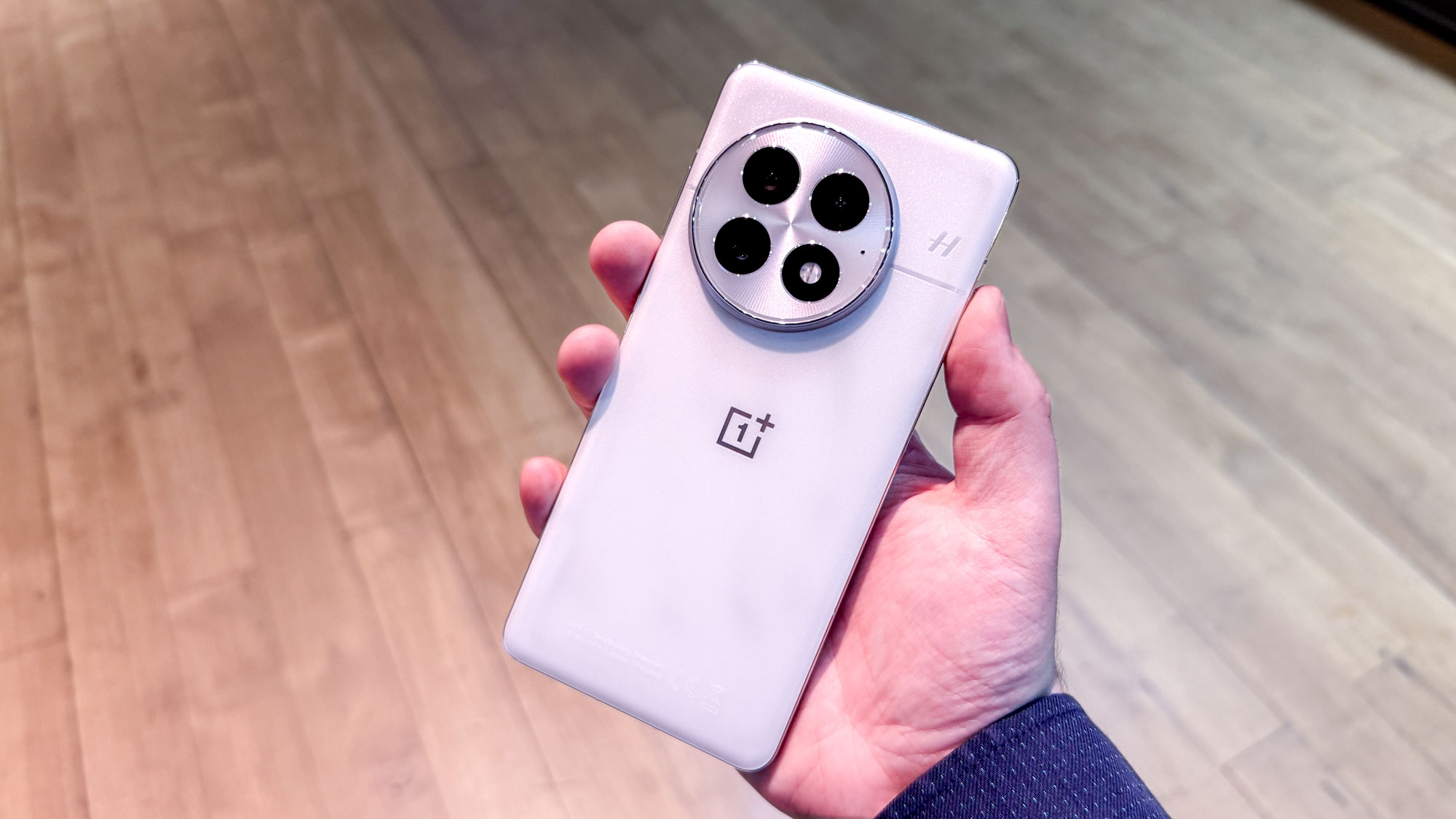
OnePlus brings us another gorgeously-designed phone with the 13. But there are a small number of alterations that have an impact beyond just the looks of the phone.
First, it's easy to see the sides of the phone are flatter this time, to fit with the current trend away from curved sides on new phones. However, there's still a quad-curved display to help the phone nestle in your hand whether you're holding it in a portrait or landscape orientation.
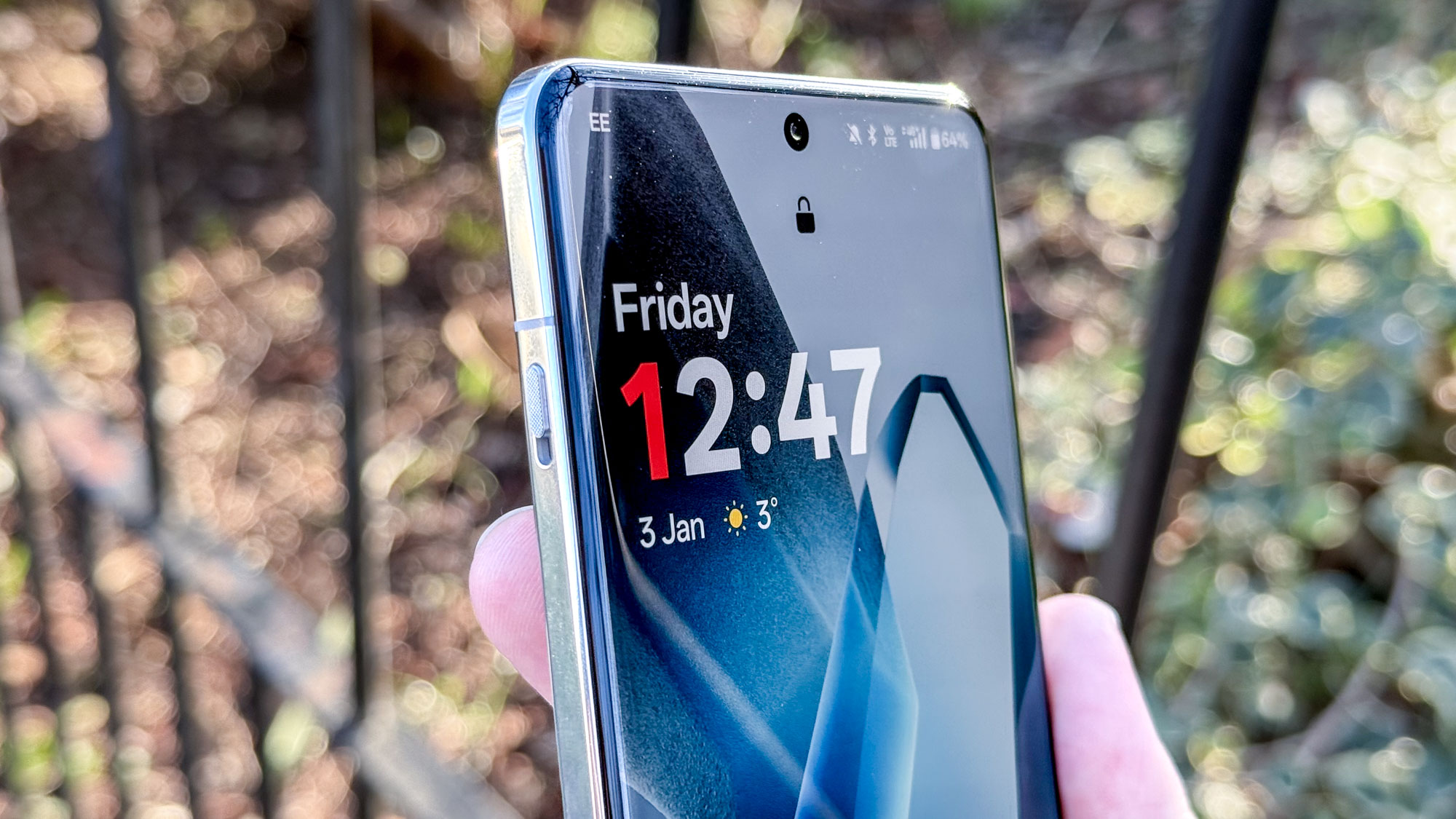
Around the back, OnePlus has trimmed down some of the metal parts surrounding the camera block. But beyond a new glossy strip across the back of the phone, and relocated Hasselblad "H" branding, there's not much else different from last year's model. That's even more the case for the edges, where the OnePlus alert slider can once again be found.
The screen is clad in a Ceramic Guard material to avoid cracks and scratches, which is different from — and therefore hard to compare to — Apple's Ceramic Shield or the Gorilla Glass Armor or Victus 2 materials used by many flagships. But more notably, OnePlus has joined other Chinese phone companies in adding IP68- and IP69-rated water/dust resistance to its flagship. That means the OnePlus 13 should survive both immersion in water and being sprayed by a high-pressure jet, should you accidentally cross paths with a pressure washer with the phone in your pocket.
OnePlus has shaken up its usual black/green color pairing for a fresher set of three options this year. The OnePlus 13 you see in this review is the Arctic Dawn version, a whitish-silver model with an anti-fingerprint matte texture, and my favorite look for the 13. Also available are Black Eclipse, which supposedly feels like wood to the touch, and the vegan leather Midnight Ocean Blue, which makes the phone thicker but lighter than if you go for one of the glass options.
OnePlus 13 review: Display
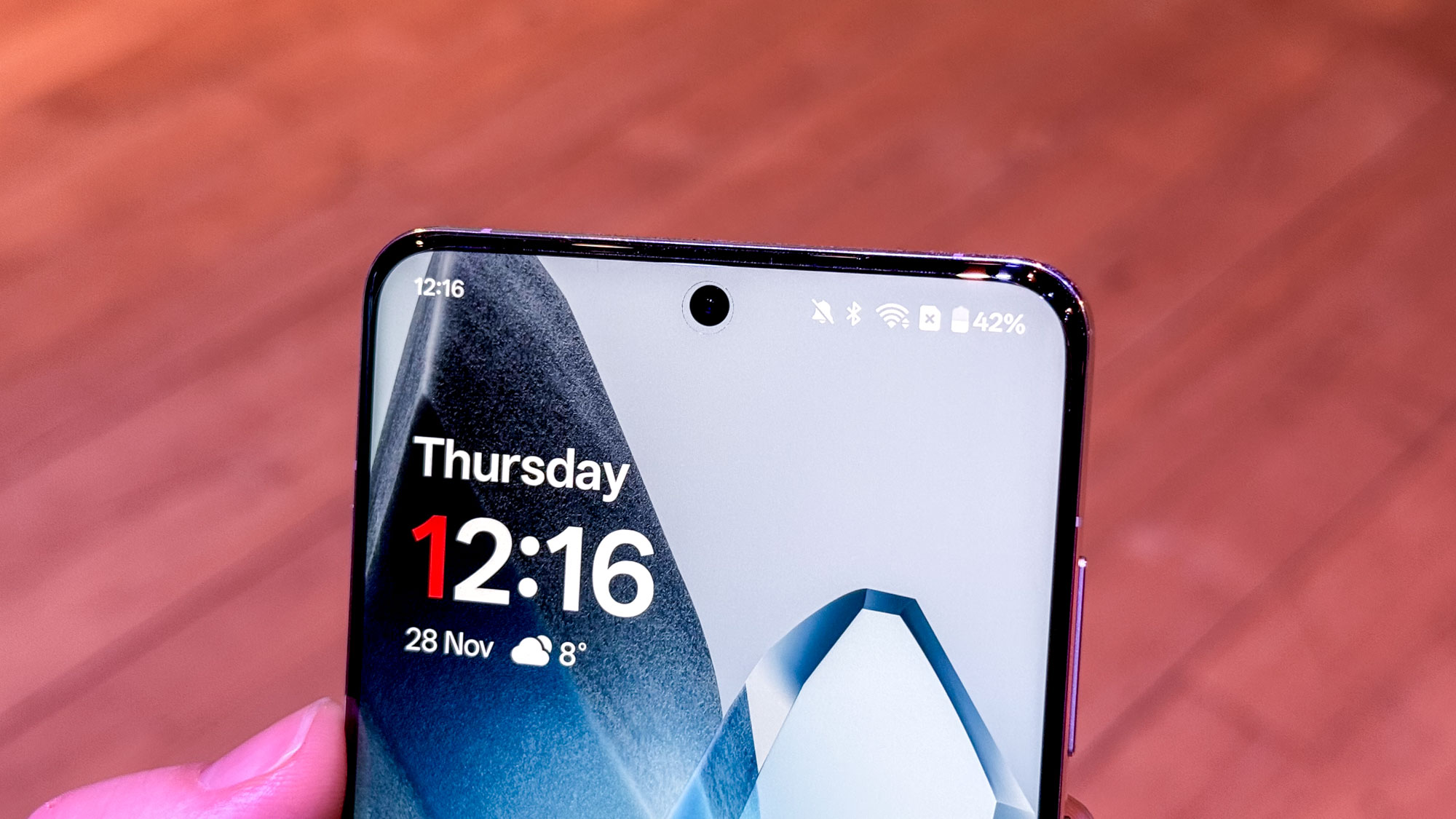
Keeping up with the OnePlus 12 last year, the 13 uses a 6.82-inch QHD OLED screen, with a 120Hz peak refresh rate. Compared to the competition, our test results show the OnePlus lags behind in terms of brightness, but scores better on color breadth, and leads the pack on accuracy.
| Row 0 - Cell 0 | OnePlus 13 | Samsung Galaxy S24 Ultra | Google Pixel 9 Pro XL | iPhone 16 Pro Max |
| Peak brightness (nits) | 1,104 | 1,363 | 2,353 | 1,553 |
| DCI-P3 color gamut volume (%) | 86.2 | 98.5 | 82.8 | 80.9 |
| Delta-E color accuracy (lower is better) | 0.23 | 0.25 | 0.24 | 0.26 |
Brightness only tells part of the story though. The OnePlus 13's screen is using a new "RadiantView" system that adjusts the display's color and contrast as well as the brightness of specific screen areas to increase visibility. So while the numbers above suggest the OnePlus 13's screen is only half as good in bright conditions as the Pixel 9 Pro XL, I found in my own testing it's actually similarly easy to read. However. the anti-glare coating of the Galaxy S24 Ultra still comes out on top if you've got concentrated sources of light to contend with, like a powerful ceiling spotlight.
There's still more to talk about with the OnePlus 13's panel though. It offers 2160Hz PWM dimming, a feature that helps reduce screen flicker and thus eye strain over long periods of using your phone. And I'm quite impressed by the sound of LPTO 4.1, which allows the display to not only adjust the screen's refresh rate between 1Hz and 120Hz as required, but also adjust it across two separate areas to save even more power if only a portion of the screen is moving.

The most unique of all of the OnePlus 13's features however is the new Glove Mode. The OnePlus 12 introduced us to Aqua Touch to help make the screen more usable when it or your fingers are wet, and the OnePlus 13 updates that by keeping the screen usable when you or the display is oily as well. Since gloves have always been a challenge for smartphones (aside from specially designed touch-screen ones), this could be a big breakthrough for anyone frequently using their phone in cold weather.
I found a few limitations with the system as I tried it. First, OnePlus only promises Glove Mode works with wool or sheepskin gloves under 0.5cm (0.2 inches) thick. You also have to switch the mode on manually in the Settings app, which threw me for a loop for longer than I'd like to admit. Once enabled, Glove Mode still requires you to make a conscious effort to make your touches and taps precise and exaggerated, ideally touching the screen with the flat pad of your finger rather than the tip.
Glove Mode doesn't let you use the phone completely normally while wearing gloves, especially if your gloves are on the thicker side. But it does make a difference, and with many other Android phone brands not offering an enhanced sensitivity mode for their displays, the OnePlus 13 stands out as easier to use when you're protecting your hands from the elements.
OnePlus 13 review: Cameras
The OnePlus 13's cameras are Hasselblad-tuned just like recent OnePlus flagships, but this time the resolution of the ultrawide camera has been increased while the telephoto resolution decreases from the OnePlus 12. That leaves us with a trio of 50MP sensors for the rear cameras, consisting of main, ultrawide and 3x telephoto. Up front, you get a 32MP camera.
Fortunately, a recent trip to Amsterdam allowed me to sample the OnePlus 13’s cameras against its competition. We start here with a main camera photo of a typical street scene against the iPhone 16 Pro Max. The OnePlus’ shot is brighter and sharper than the iPhone 16 Pro Max's, although the iPhone's darker tone does help show off the sky peeking between the buildings better.
In another main camera face-off against the Pixel 9 Pro XL, we overlook one of Amsterdam's many canals. The brighter OnePlus 13 shot capably shows off the darker parts of the scene and also the bright winter sun at the same time. The Pixel hasn't done well at all in this situation, with a dim and lifeless shot that you wouldn't expect from one of the best camera phones on the market.
Sticking with the Pixel, we now have a night shot from later in the day. The OnePlus has brightened the scene more, and keeps big light sources like the Christmas lights above the street more controlled, squeezing out some more detail as a result. But here the Pixel gives a more natural-looking image, albeit with only worse bloom from the lights.
I tried a panorama shot of Amsterdam's Centraal Station with the OnePlus 13 and Samsung Galaxy S24 Ultra, and the results differ dramatically. The OnePlus offers more emphasized lighting, but that spoils the details of the station. Samsung's version looks like a much more typical photo, just wider than usual.
Moving to the ultrawide camera with a Pixel 9 Pro XL comparison, we have an image of the Oude Kerk. The OnePlus’ photo is brighter and more detailed, but the Pixel shows off more color.
Back to the Galaxy S24 Ultra again for a multi-level zoom test, I focused in on the clock tower standing over the Beursplein square. We start with the OnePlus 13 set to 6x zoom (the highest lossless zoom it offers) against the 5x all-optical zoom of the Galaxy S24 Ultra’s primary 50MP telephoto camera.
At this level, we already see that the OnePlus has given the tower a darker tint; in comparison the Samsung photo is brighter with more color. The OnePlus does offer more pixels, and with a similar level of detail, however.
OnePlus’ AI telephoto enhancement system kicks in at 10x zoom and above. Despite that, the OnePlus 13 shows off the zoomed-in clock face with colder colors and less detail than the Samsung version. The main parts of the shot are still intact, though.
It’s a similar story at the maximum 100x zoom these two phones are capable of. Neither's a particularly great shot due to the amount of digital zoom, but the enhanced smoothness of the OnePlus has backfired to make a weird-looking image of the clock’s hand, whereas the few details that the Samsung does still pick up help it look a bit better.
Our final comparison is a selfie, once again using the Galaxy S24 Ultra as a benchmark. As we’ve seen in other shots, the OnePlus depicts me in brighter, higher-resolution glory, making it hard to pick a favorite between that shot and one from the S24 Ultra, usually my preferred phone for selfies. The portrait effect in both images is very good and accurate, especially around my glasses, usually an area where Samsung always finds an advantage.












Additionally, my colleague John Velasco took over 200 photos with the OnePlus 13 vs. iPhone 16 Pro Max to see how these two flagships compare against one another. In his detailed report, the iPhone 16 Pro Max narrowly edges out the OnePlus 13 mainly due to the strong performance of its main camera — which you can see above in the gallery.
However, the OnePlus 13 narrows the gap than any previous OnePlus devices to date with its excellent dynamic range and ultrawide camera performance.






Additionally, John also tested out the portrait mode performance on the OnePlus 13, which helms a new 5th Gen Hasselblad Camera for Mobile system specifically for portrait photography. You can see all the original and edited photos he used to capture professional looking headshots.
What's really nice is the amount of separation between the background and subjects when using the more appropriate 3x zoom. There's also a lot of detail captured, along with perfect edge detection.






One of my colleagues loves taking nighttime photos of the sky with all of today's best phones. You can see a few of the impressive captures he got when he tried out astrophotography with the OnePlus 13. The details are pretty spectacular, but the best results are from keeping it still and enabling its dedicated tripod mode.
Not only can you see many famous constellations in the gallery above, like Orion, but the OnePlus 13's astrophotography performance also manages to capture details like the Great Orion Nebula and the famous Seven Sisters Cluster.
OnePlus 13 review: Video camera
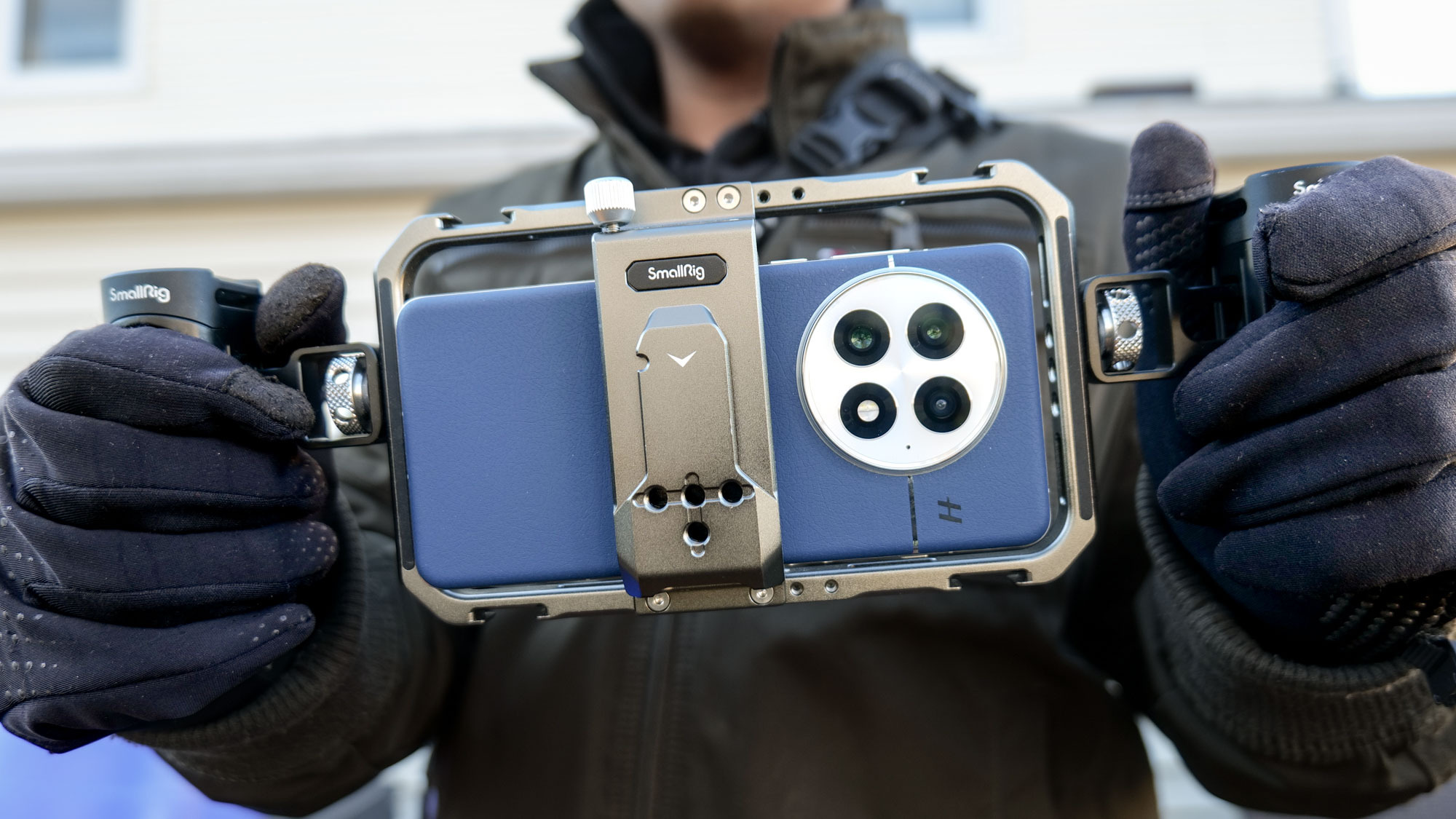
The photo performance of the OnePlus 13 is much improved, but its video camera performance is also worth applauding. It has all the necessary tools to help create your next viral social media post, as well as the controls to produce cinematic video.
My colleague, John Velasco, puts the OnePlus 13's video camera to the test to see how well it performs under different settings — all while testing its slow motion, 8K video capture, stabilization, and zoom performances. You can watch the clip below that highlights all of this, but it's worth mentioning that the OnePlus 13 offers more modes than your traditional phone.
OnePlus 13 review: Performance
Equipped with the latest Snapdragon 8 Elite chip, the OnePlus 13 proves it has the power to take on all-comers. As the figures from our benchmarking below show, the OnePlus is a little behind the ROG Phone 9 Pro, which uses the same chip and offers a high-performance "X Mode." But the OnePlus 13 steamrolls the Snapdragon 8 Gen 3-powered Galaxy S24 Ultra and Tensor G4-equipped Pixel 9 Pro XL (except on the Adobe Premiere Rush transcoding test). Compared to the iPhone 16 Pro Max and its A18 Pro silicon, the OnePlus 13 only falls short on the transcoding and single-core CPU performance metrics.
| Row 0 - Cell 0 | OnePlus 13 | Samsung Galaxy S24 Ultra | Google Pixel 9 Pro XL | iPhone 16 Pro Max | Asus ROG Phone 9 Pro (X Mode enabled) |
| Chipset | Snapdragon 8 Elite | Snapdragon 8 Gen 3 for Galaxy | Google Tensor G4 | Apple A18 Pro | Snapdragon 8 Elite |
| Geekbench 6 score (single-core / multi-core) | 2,893 / 9,058 | 2,300 / 7,249 | 1,929 / 4747 | 3,386 / 8,306 | 3,207 / 10,227 |
| 3DMark Wild Life Extreme (score / fps) | 5,727 / 34.29 | 5,007 / 29.98 | 2,557 / 15.31 | 3,822 / 22.90 | 5,906 / 35.36 |
| Adobe Premiere Rush time to transcode (mins:secs) | 1:01 | 0:42 | Not tested | 0:21 | 0:54 |
As you'd hope, gaming on the OnePlus 13 is smooth and beautiful. It still can't run mobile RPG Ex Astris at full settings without some hiccups, but performance is generally smooth as you run around the game world or fight enemies in flashy battles. It's a great demonstration of the OnePlus 13's horsepower.
The OnePlus 13 comes with either 12GB or 16GB RAM, and 256GB or 512GB of storage. Even the basic model offers the same storage as the standard Galaxy S24 Ultra or Pixel 9 Pro, but for several hundreds of dollars less.
OnePlus 13 review: Battery and charging
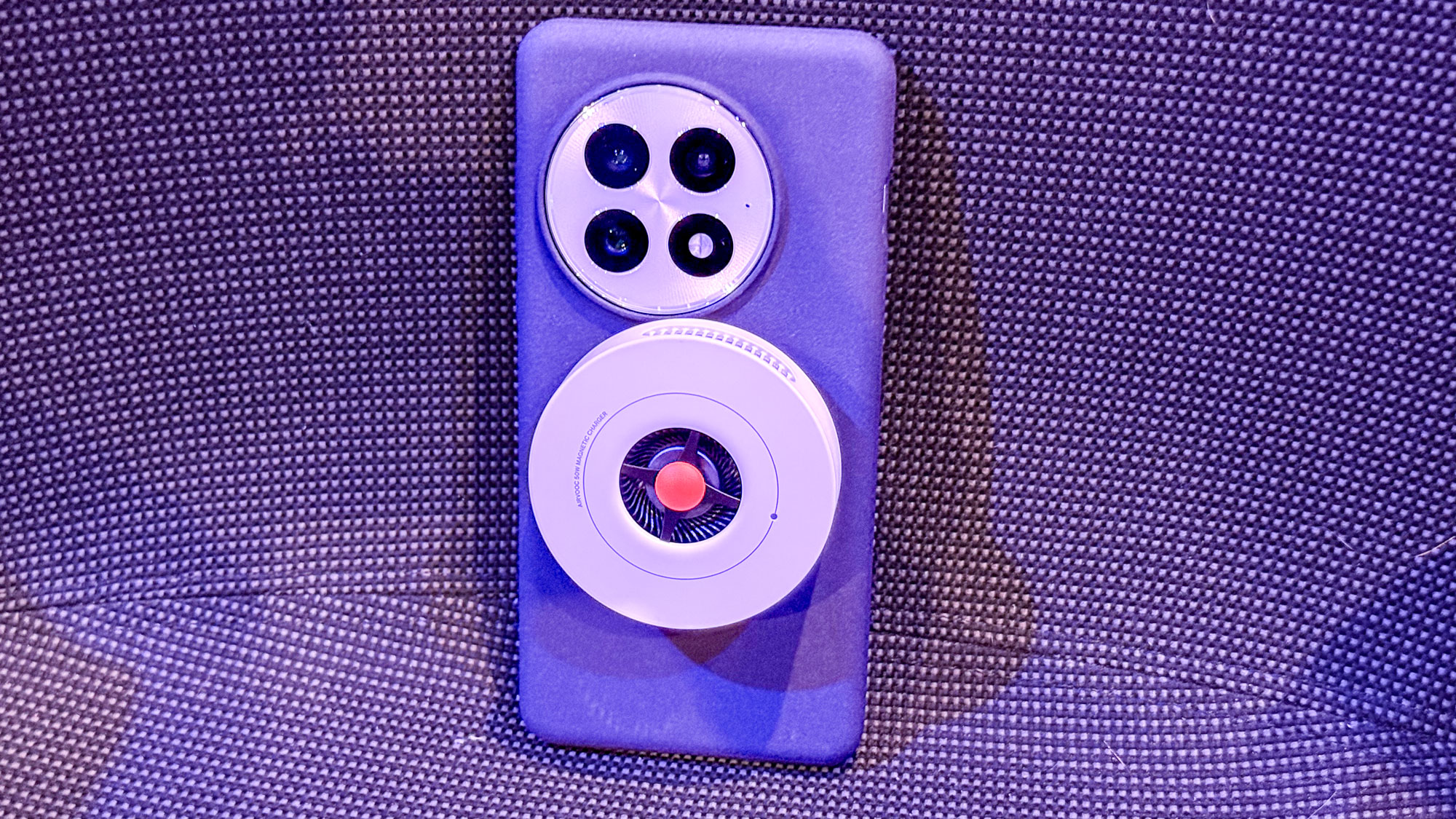
A huge 6,000 mAh battery sits inside the OnePlus 13, and that capacity isn't for show. The OnePlus 13 ran for 19 hours and 45 minutes on our custom battery test (constantly loading web pages over a cell connection until the battery dwindled down to 0%), which is more than 2 hours longer than the iPhone 16 Pro Max lasted. The OnePlus 13 also beats the Samsung Galaxy S24 Ultra by 3 hours, while the Pixel 9 Pro XL is 7 hours behind OnePlus' latest.
The Asus ROG Phone 9 Pro still tops our best phone battery life list with its 20 hours and 34 minutes result, despite having a slightly smaller battery, but that doesn't detract much from OnePlus' achievement here.
OnePlus is still focused on fast charging, too. The 13 supports 100W charging in most markets, but 80W charging in the U.S. due to different voltages. Using an 80W charging brick, we were able to fill the phone to 56% in 15 minutes and to 92% in half an hour in our testing. However, the charger no longer comes in the OnePlus 13's box in the U.K., meaning the fastest-possible charging requires users on the east side of the Atlantic to buy the charger separately or already own a powerful-enough charger in your tech arsenal.
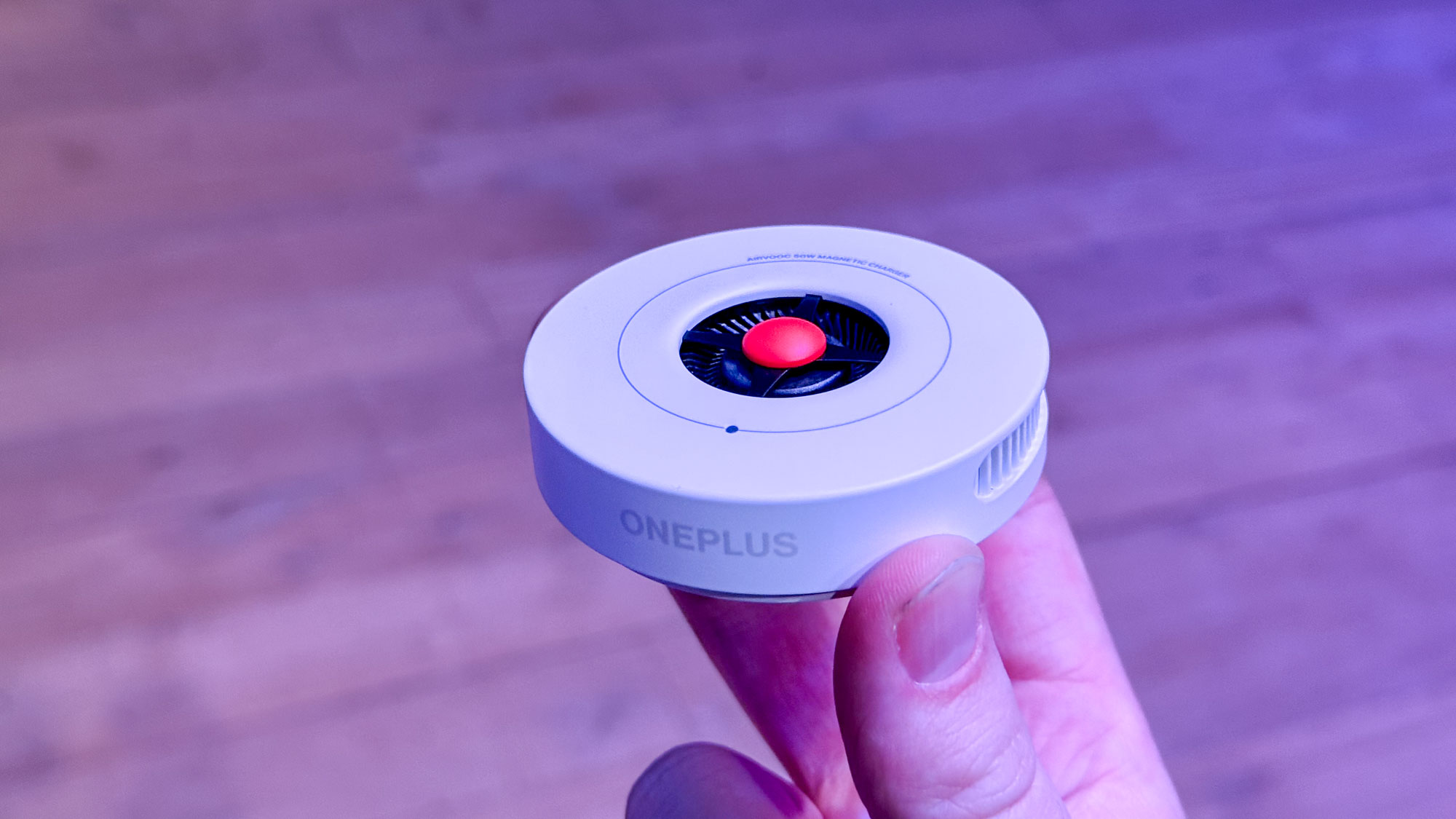
While wireless charging hasn't been a priority for OnePlus in the past, it's gone in hard on that feature this year by not only offering 50W wireless charging, but magnetic wireless charging via a new AirVOOC puck that I've tested. Confusingly, there are no magnets within the OnePlus 13 (apparently for heat management reasons), so you can only use the magnetic charger fully if you put the phone in a first-party case.
It's an odd way to do things considering the most prominent example of this, Apple's MagSafe for iPhone, does use internal magnets for a secure connection to wireless charging devices. But Android users in search of an equivalent can make do with this until we finally get Qi2 wireless charging on mainstream Android phones.
OnePlus 13 review: Software and special features
Using the new Android 15-based OxygenOS 15 as its operating system, the OnePlus 13 is fully equipped with the software features you'd expect from an Android flagship phone. That includes the OnePlus AI suite, which contains the translation, transcription, text generation and formatting and image editing and enhancement tools you'd expect. There's also an Intelligent Search tool for hunting for content within locally-saved files (except those in hidden folders, you'll be glad to hear), plus Google's Circle to Search tool and Gemini assistant.
A non-AI addition to OnePlus' software is the Share with iPhone option, which we also saw on the Oppo Find X8 Pro. By downloading a specific O+ Connect app on an iPhone, you can easily send files wirelessly between an iPhone and the OnePlus 13. Given how common iPhones are, this could be a brilliant tool for the OnePlus faithful to share with their friends, although you're spoiled for choice when it comes to transfer tools already, between messaging apps like WhatsApp or cloud file services such as Google Drive.
We also have to mention BeaconLink, a walkie-talkie mode that lets you make calls via Bluetooth in a 200-meter range (about 218 yards). Currently this only supports voice calls, but apparently support for messages and photos is coming later.
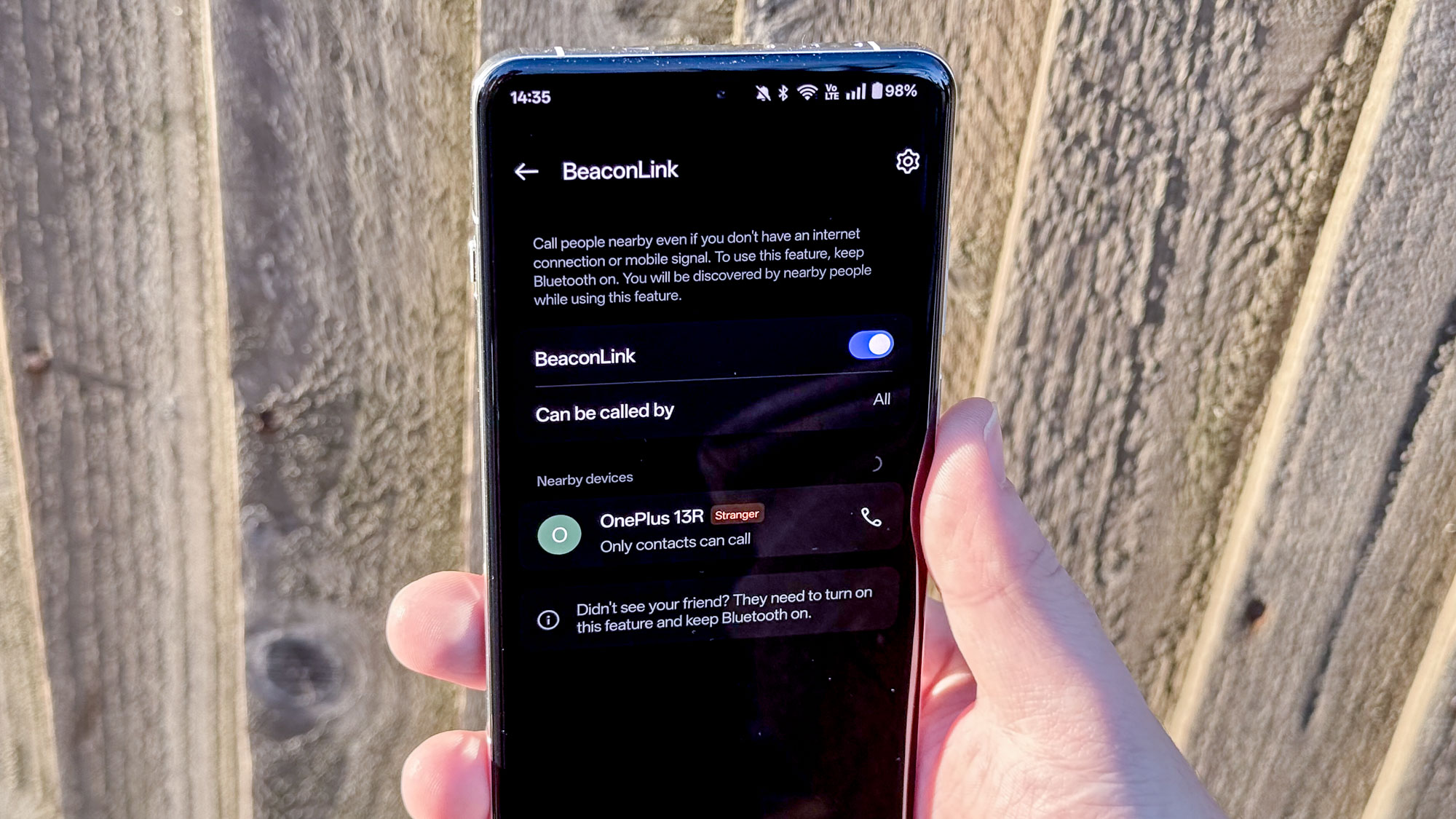
Because of the limited range, there are going to be only a few situations where this feature will be practical where standard calls aren’t, and even fewer when you consider you and the other caller both need OnePlus 13 or 13R phones to make it work. But BeaconLink is certainly functional, as I checked with my colleague testing the 13R, so this could still save your skin in dire circumstances.
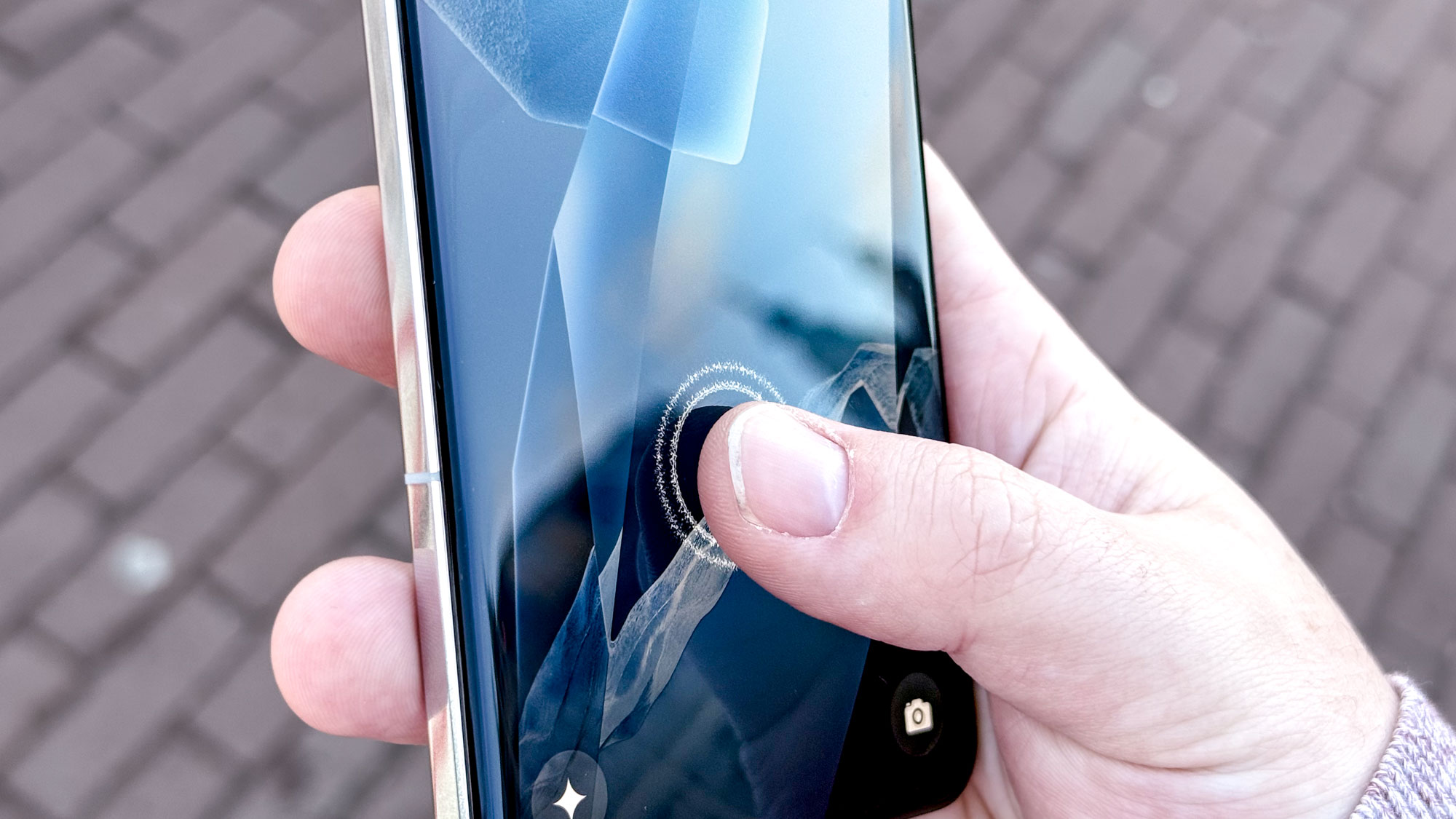
One other hardware upgrade we've not already looked at is the new under-display ultrasonic fingerprint scanner for greater speed and reliability compared to regular optical sensors. This is something Samsung Galaxy S phones have been using to great effect for more than five years at this point, and it works just as well here on the OnePlus 13.
A phone's features don't just stop developing once it releases, thanks to regular updates to Android itself as well as manufacturer-specific updates. OnePlus promises four years of full Android updates and six years of security updates, which is an extra year of security support compared to what the OnePlus 12 got. But in line with its previous statements on software update policy, OnePlus is not attempting to match the seven full years of updates that Google and Samsung offer for their flagship phones. So your purchase of a OnePlus 13 may not cost as much as a Galaxy S or Pixel initially, but you may not be able to hold on to the phone for as long.






Other new software features with the OnePlus 13 include the suite of AI Editor features that are a part of the native Photos app. They include AI Detail Boost, AI Unblur, AI Eraser, and AI Reflection Eraser. My colleagues and I have tested all of them, and for the most part, they prove well in editing photos with the help of generative AI. Just take a look at the before and after images we used in the gallery above with AI Eraser on the OnePlus 13.
OnePlus 13 review: Verdict
Although it's more expensive than its predecessors and still lags behind in promised software support, the OnePlus 13 remains an amazing value for a flagship Android phone. While it's entirely possible that the Samsung Galaxy S25 series appears within just a few weeks and changes the game, the current closest competitors specs-wise for the OnePlus 13 all cost more, and equivalently-priced models all lack in one or more areas compared to the new OnePlus.
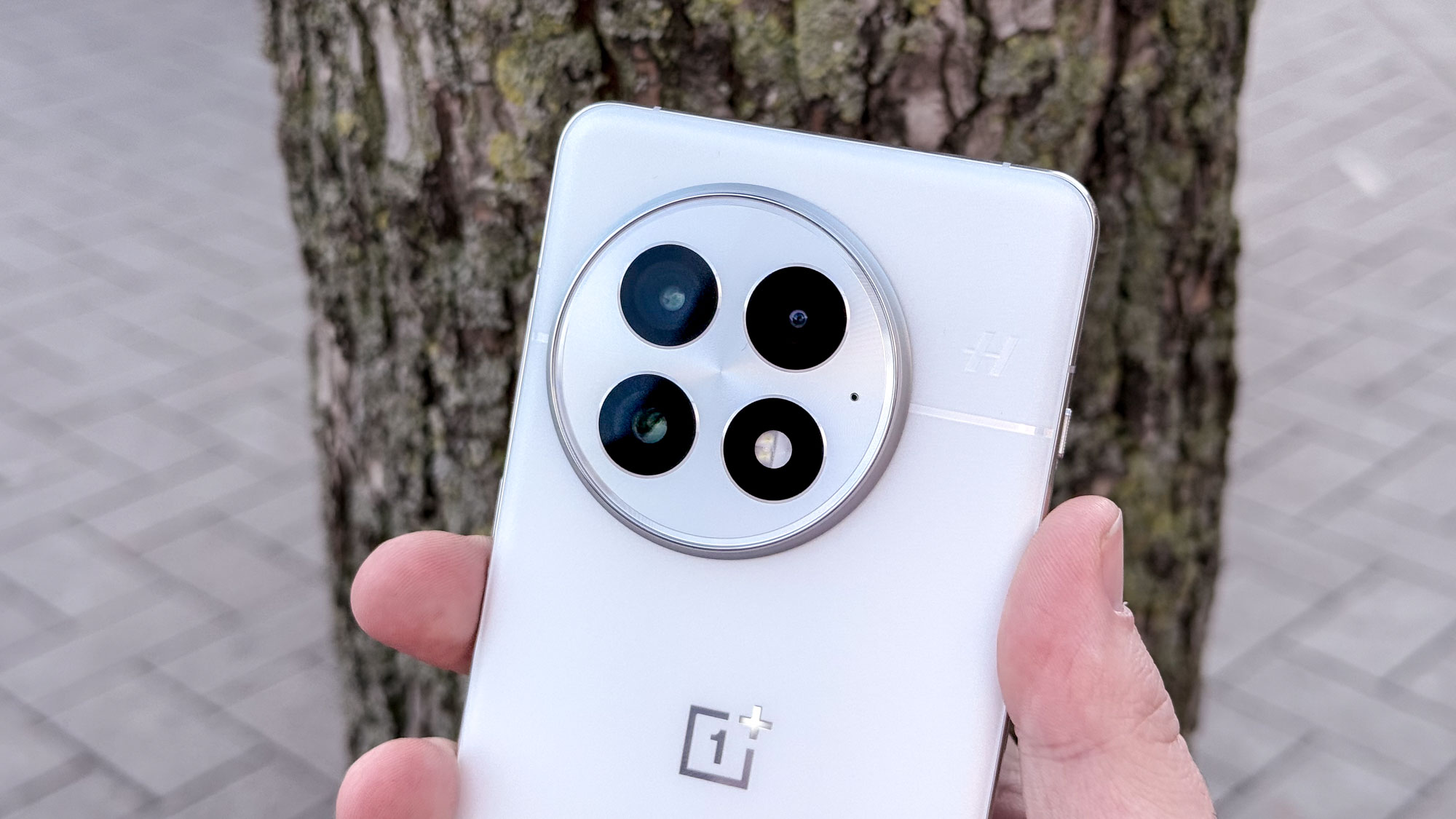
The large, feature-packed display, awesome battery life and clever new software features (both with and without AI) are things we've seen from OnePlus before, but it's the improved cameras that are the OnePlus 13's crowning achievement. It's the closest the company's ever got to the masters of smartphone photography — Samsung, Google and Apple — and while it's not a perfect match yet, you don't lose out on much by taking photos through the OnePlus 13's lenses instead of an iPhone, Galaxy or Pixel.
The OnePlus 13 deserves a high spot on our best Android phones page, and likewise on our guide to best phones overall. Don't skip over this phone when looking for your next handset, even as we progress through the year and more updated phones appear. Because even if they match the OnePlus 13 on specs, or beat its photography or performance, they certainly won't beat it in a dollar-for-dollar comparison.

Richard is based in London, covering news, reviews and how-tos for phones, tablets, gaming, and whatever else people need advice on. Following on from his MA in Magazine Journalism at the University of Sheffield, he's also written for WIRED U.K., The Register and Creative Bloq. When not at work, he's likely thinking about how to brew the perfect cup of specialty coffee.
